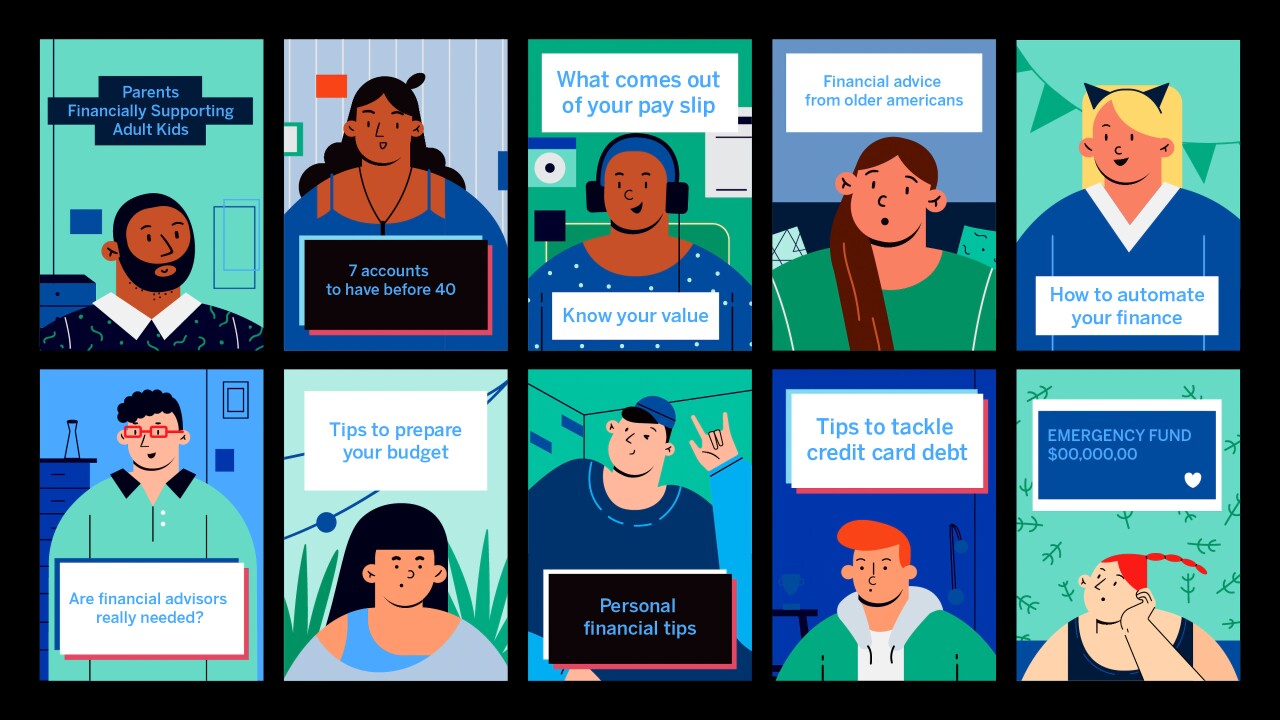There is more to be done when it comes to helping clients prepare for college, according to the researchers at Edward Jones.
A new study from the financial services firm found that, while most American families cannot afford to send their child to college, nearly two-thirds are also unaware of college-savings products such as the 529 plan.
"While the cost continues to be a major concern, Americans still recognize the value of a college education – so finding ways to manage those costs becomes paramount in the process," Steve Seifert, principal at Edward Jones, said in a statement in response to the firm's fourth annual 529 Plan Awareness Survey. ORC International's CARAVAN Omnibus Services analyzed landline and cell phone interview responses from 1,008 U.S. adults to compile this data, the firm says.
Nearly 83% of respondents admit they are not fiscally prepared to send their kids to college. However, just 34% could correctly identify a 529 plan. While this is up from 30% in the 2014 survey, it was reported that awareness is down since the firm's inaugural 2012 study, when 37% of respondents said they did not know about the 529 plan.
'CONSIDER ALL AVENUES'
In response to these findings, Seifert says advisors should continue to remind their clients about the wide array of strategies currently available. "Consider all avenues for covering the cost – leveraging a 529 plan to start, but then encouraging clients to fully explore scholarships and other opportunities," Seifert suggests in an emailed statement. "Additionally, to the extent loans may be needed, take the time to help a client fully understand their options."
- Read more:
35 Great Schools for Financial Planning
The 529 plan, first offered in the U.S. in 1996, is a state- or state-agency-sponsored college savings product allowing participants to save and invest on a tax-advantaged basis to pay for tuition, boarding, books and other required education-related expenses from most two- and four-year colleges and universities.
"While there are UGMAs [Uniform Gift to Minors Act], pre-paid tuition plans and other options, when it comes to saving for college, the 529 plan is often the best option," Seifert adds.
DEMOGRAPHIC BREAKDOWN
Awareness of the plan among survey respondents varied depending on household income, family size and the age of their child. Nearly 58% with a household income of $100,000 or more correctly identified the 529 plan, according to the study. Of those, 37% say they could afford the cost of college. Meanwhile, 25% of respondents with less than $35,000 could identify the 529 plan.
Parents with teens were also less aware of the 529 plan when compared to those with younger children. Nearly 35% of respondents with teens, ages 13 to 17, and roughly 41% of parents with children under 13 recognized the plan, according to the study.
"Demographically, people are living longer and having children later in life, narrowing the time between a child's college bills and his or her parents' retirement age," Seifert says. "This, coupled with the fact that the cost of college is increasing at a much higher rate than inflation, means that many are grappling with how to stay on track to meet savings goals."
Read more:





